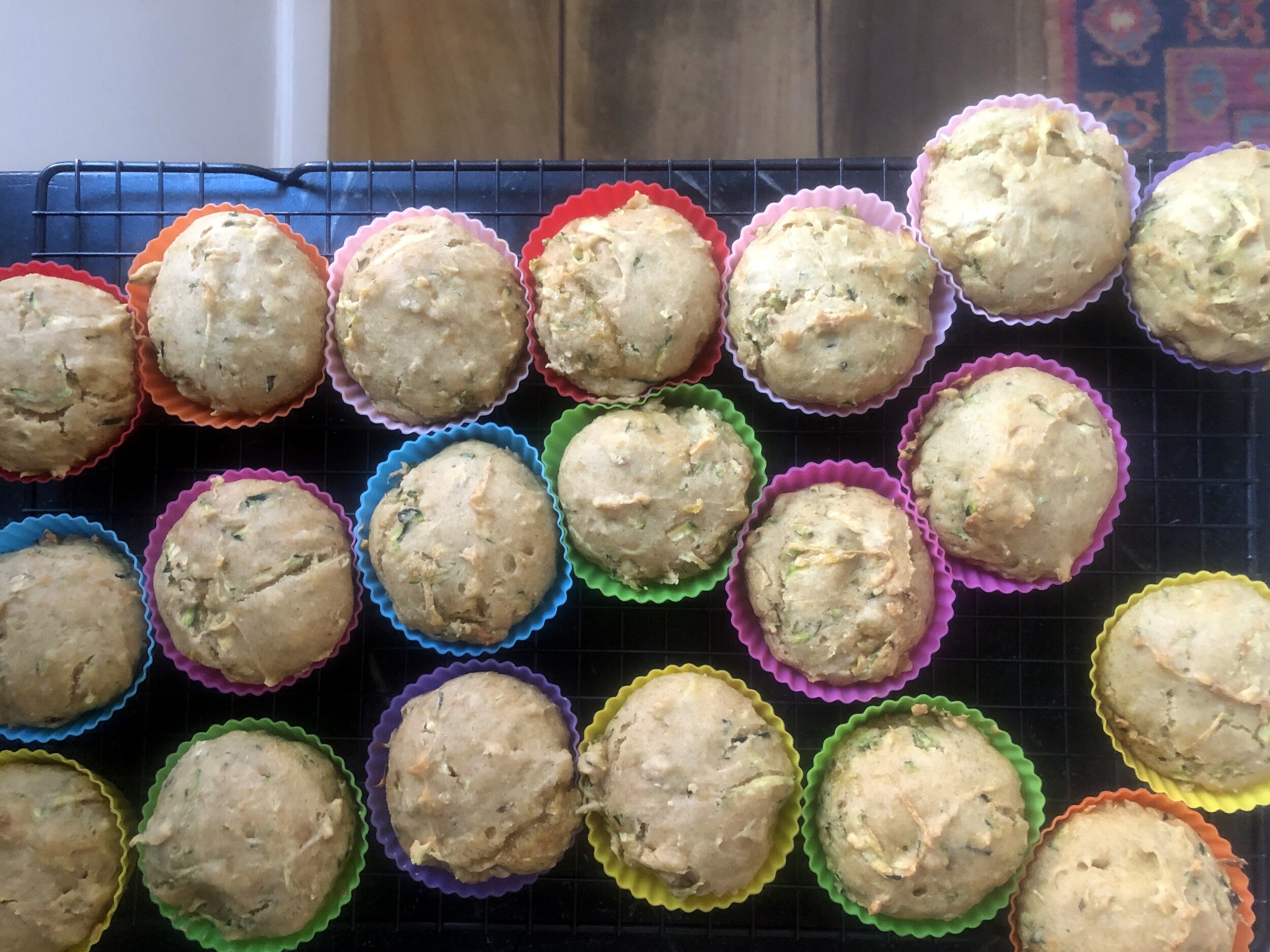Making date balls feels like one of my few secret tricks in life. When I have a stash of date balls in the freezer, I feel ready for anything - school lunches, a hike, a rushed breakfast. They’re also a great way to get kids to eat nuts if they’re adverse to the texture (my oldest, for example, doesn’t love almonds). They’re a bit time consuming to make, but just go for it. Once you get started it’s really not that bad (can you tell I often need to give myself a pep talk, too?). And you’ll be so comforted to know they’re in the freezer.
Here are three of my go-to recipes. I’m starting with simplest, and then the second and third recipes are just a tad more complicated. But not much. Don’t be scared.
Coconut Apricot Balls
3 cups dried apricots (if they’re not very moist, soak in hot water first)
2 cups raw cashews or blanched almonds
1/2 cup unsweetened finely shredded coconut (desiccated coconut)
2T maple syrup or honey
1t vanilla extract
1/8t salt
one / Add all the ingredients to a food processor. Pulse until well combined. Add water if the mixture seems dry.
two / Roll into balls, place on a cookie sheet or plate, and freeze until solid. Store in the freezer in an airtight container. Leave out at room temperature for at least 20 minutes before eating.
Apricot, Date, and Cashew Balls
1 cup cashews
pinch of salt
16 dates
1/4c dried apricots
1T almond butter
1/4c sesame seeds
1/2t cinnamon
one / Process the nuts and salt in a food processor until the nuts are coarsely ground.
two / Add the dates, apricots, almond butter, sesame seeds, and cinnamon. Keep processing the mixture until it starts to stick together a bit. When you can make a ball and it stays together, you’re good.
three / Roll into balls, place on a cookie sheet or plate, and freeze until solid. Store in the freezer in an airtight container. Leave out at room temperature for at least 20 minutes before eating.
Date, Cranberry, and Cashew Energy Bites
2 cups raw, unsalted cashews
1 1/3 cups lightly packed pitted dates
1 cup dried cranberries (or dried cherries, if you're feeling spendy!)
1-2t cocoa powder
1/2 cup raw pecans
1 or 2 pinches fine sea salt, to taste
one / Process the cashews in a food processor until they are finely chopped. Leave a few bigger pieces, but take care not to process the nuts so much that it becomes flour.
two / Remove 2/3 cup of the processed cashews and set aside for the final step.
three / Add the dates and cranberries to the food processor and process until finely chopped. The dough will start to become sticky.
four / Add the cocoa powder, salt, pecans, and the reserved 2/3 cup cashews. Pulse as needed to incorporate.
five / At this point, the dough should be sticky enough to roll into balls. If it is too dry/crumbly, add a teaspoon of water at a time until it reaches the desired consistency.
six / Roll the dough into small balls and place on a plate or cookie sheet. I use a 1T cookie scoop. (Unlike cookies, though, it doesn't matter if the balls are uniform in size since you won't be baking them.)
seven / Freeze balls on the cookie sheet or plate. Once frozen, store in a jar in the freezer. Leave out at room temperature for at least 20 minutes before eating.
//
What’s your favorite recipes for energy bites or no-bake cookies?





















